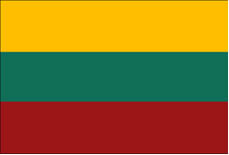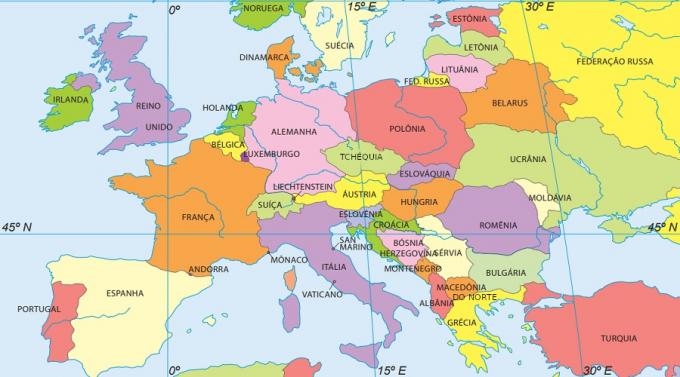The European continent has experienced a significant drop in the number of births in recent decades. THE birth fall in Europe is the result of several factors and a reflection of the socioeconomic and educational conditions from most European countries.
Declining births have caused European countries to achieve birth rates so low that they have made it impossible to maintain their current population level. At fertility rates (children per woman of childbearing age) in Europe reached an average of 1.52 children. What is needed to maintain the population is 2.1 children per woman. Several economic and cultural factors are responsible for the construction of this picture. Let's look at some of the main causes for the decline in births on the European continent.
Causes of falling birth and fertility rates
Late weddings: couples choose to exchange rings after completing higher education and financial and professional stabilization. This makes them also have children later. As the female reproductive period is limited, many couples end up having only one child or choose not to have one.
-
High cost of raising children: expenditure on health, education and leisure has made many Europeans reassess their desire to generate descendants. The need to lower the standard of living to pay for raising a child has made many people choose not to have more children.
Do not stop now... There's more after the advertising ;)
Entrance of woman in the labor market: this occurrence provoked numerous changes, including the decrease in fertility rates. The difficulty of reconciling professional life with domestic tasks and family activities has directly impacted the number of births on the European continent.
Education level: it is directly reflected in the number of children per woman. As the European continent has the highest schooling rates, women end up having more knowledge about contraception and greater access to contraceptive methods. With that, they can decide if, when and how many children they will have.
The direct consequence of the reduction in the number of births in Europe is the worsening of the population aging on the continent and the consequent lack of manpower for the job. Therefore, many countries are seeking to overcome the xenophobia and see the opening of countries to immigrants from countries in Asia, Latin America, Africa and Eastern Europe as a solution for both sides.
By Amarolina Ribeiro
Graduated in Geography
Would you like to reference this text in a school or academic work? Look:
RIBEIRO, Amarolina. "Birthfall in Europe"; Brazil School. Available in: https://brasilescola.uol.com.br/geografia/queda-natalidade-na-europa.htm. Accessed on June 27, 2021.


